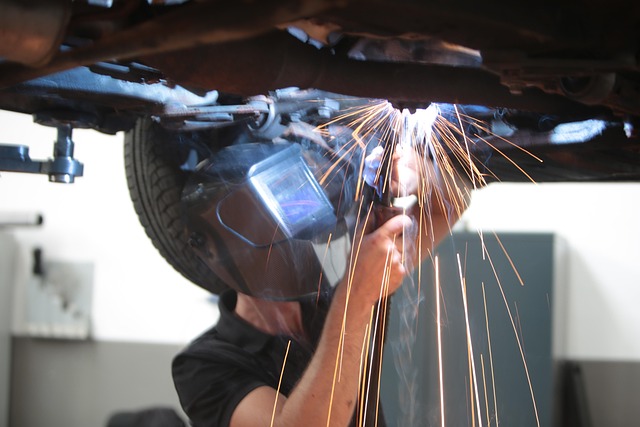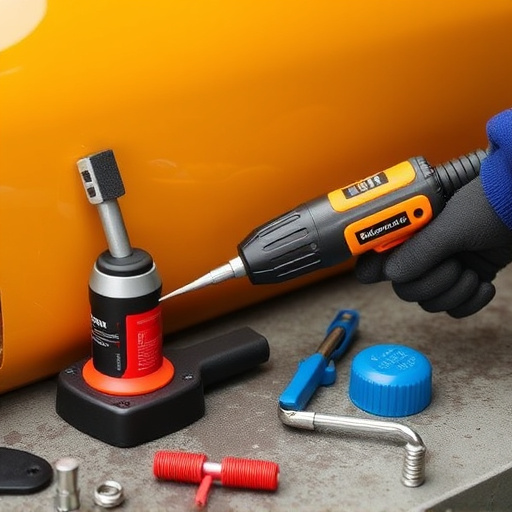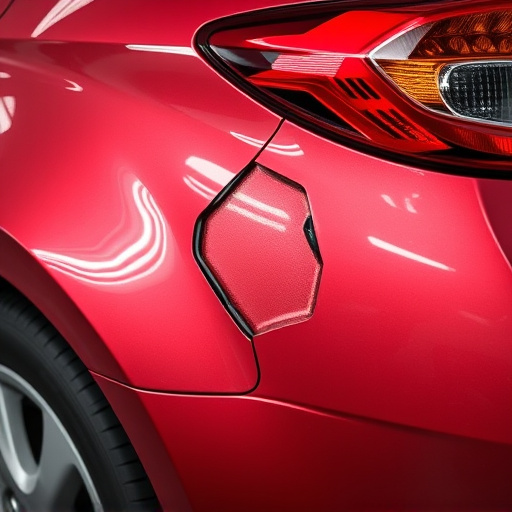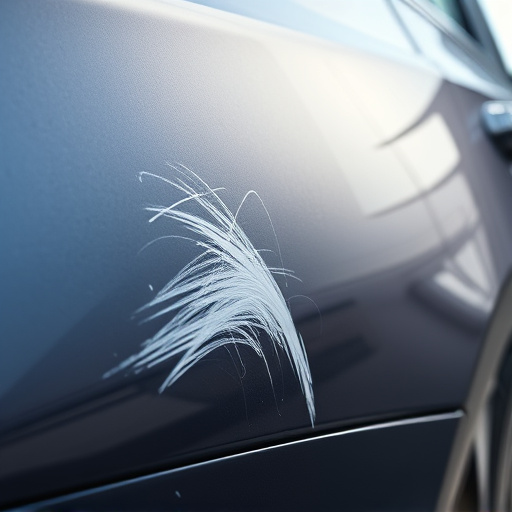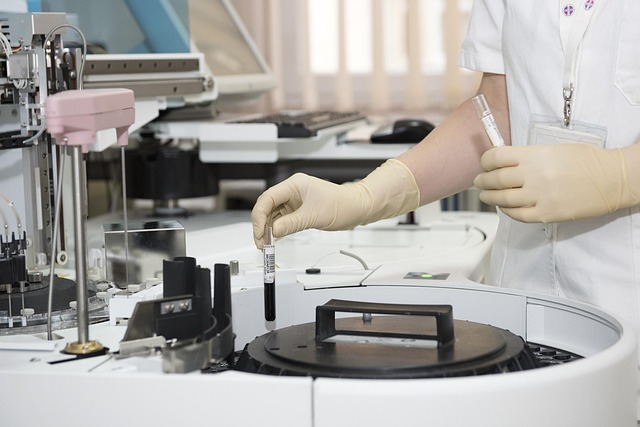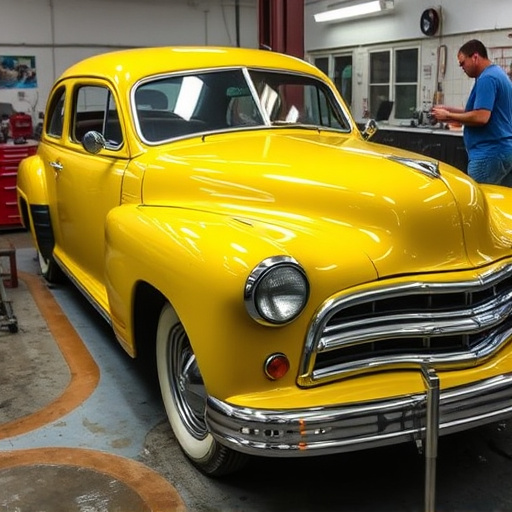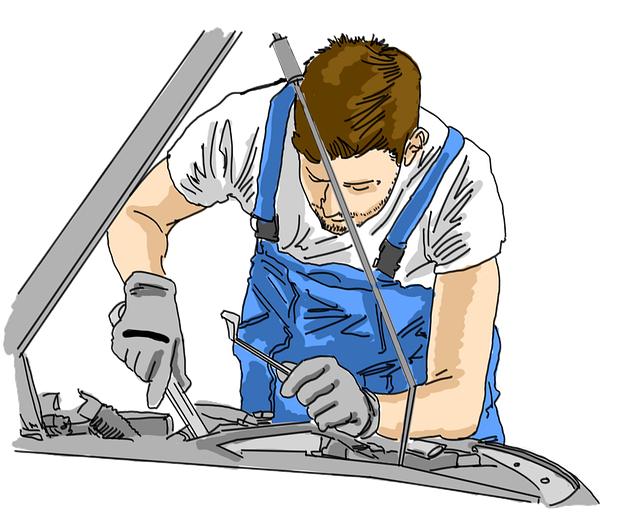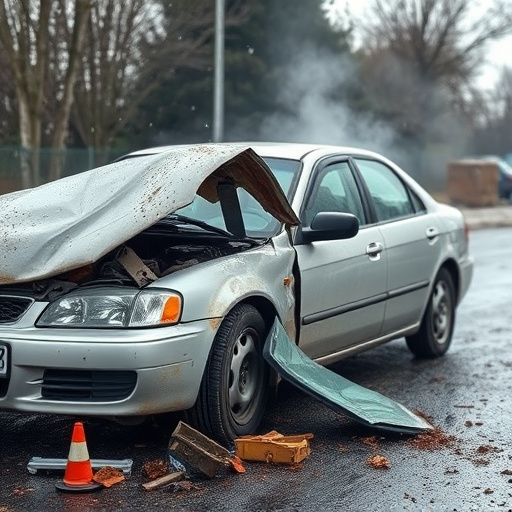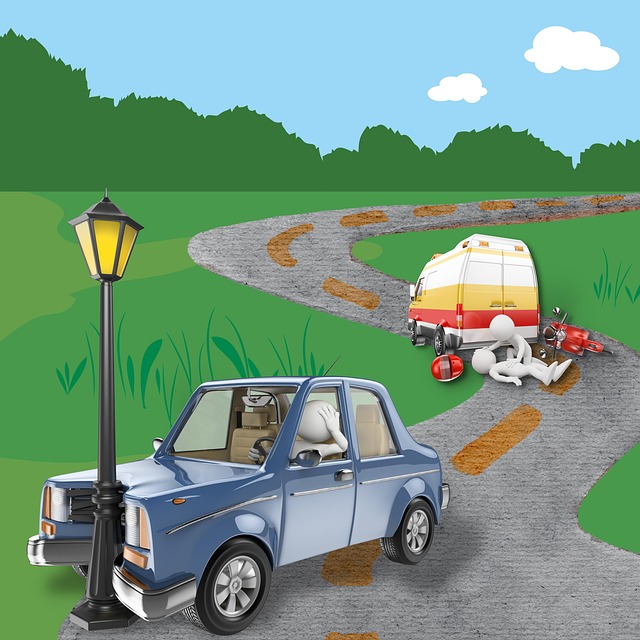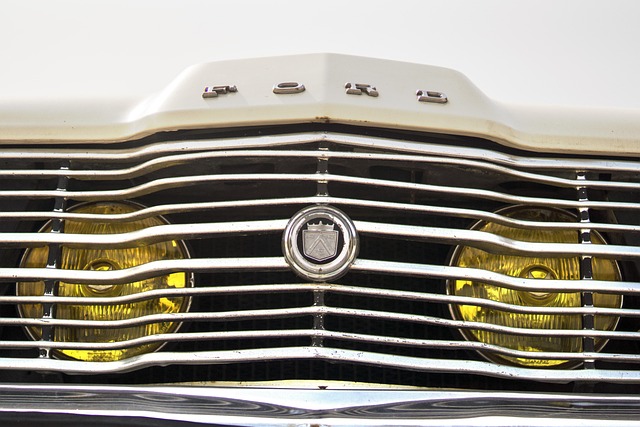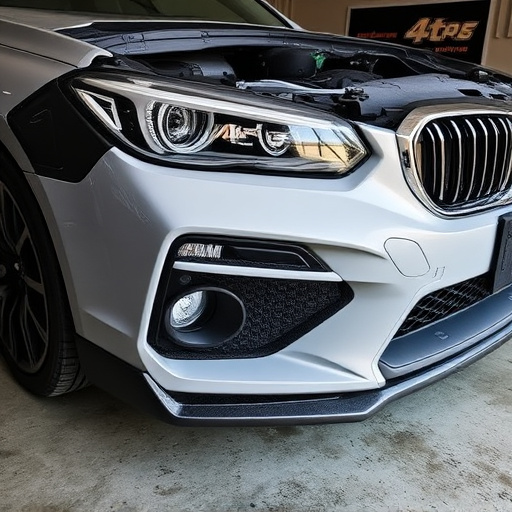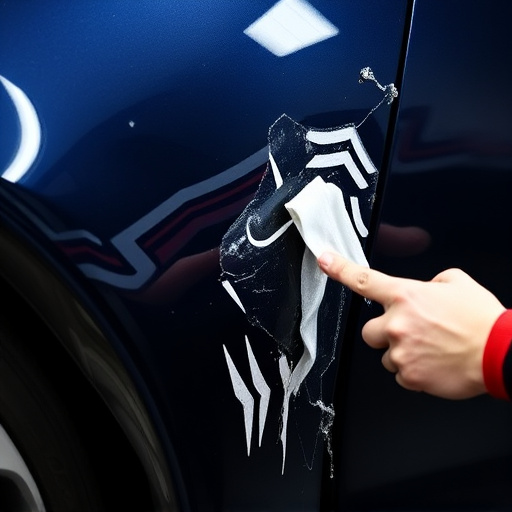Plasma cutting collision repair has revolutionized auto body work by offering a precise, efficient, and versatile metal fabrication method. Using ionized gas to cut through diverse materials accurately, it minimizes waste and streamlines preparation stages, saving time and costs while ensuring high-quality results. This technology is particularly effective for fender repair and car paint services, significantly reducing repair times compared to traditional methods like laser or water jet cutting. Best practices in plasma cutting collision repair include proper area preparation, staff training, optimal gas pressure settings, and regular equipment servicing to ensure precision cuts and enhance overall efficiency.
Plasma cutting collision repair is a game-changer in the automotive industry, offering significant time and cost savings. This article delves into the innovative technology behind plasma cutting and its profound advantages for collision repair shops. By understanding this efficient process, you’ll discover how it streamlines operations, reduces labor costs, and expedites vehicle restoration. We’ll explore best practices and provide valuable tips to maximize the benefits of plasma cutting collision repair.
- Understanding Plasma Cutting Technology for Collision Repair
- Advantages of Plasma Cutting: Time and Cost Savings
- Best Practices and Tips for Effective Plasma Cutting Collision Repair
Understanding Plasma Cutting Technology for Collision Repair

Plasma cutting technology has revolutionized collision repair, offering a highly precise and efficient method for metal fabrication. Unlike traditional cutting techniques, plasma cutting utilizes a high-velocity stream of ionized gas to cut through various materials with remarkable accuracy. This advanced approach is particularly beneficial in the realm of collision repair, where precision is key. By focusing an intense beam of plasma onto the metal, it can swiftly and cleanly cut around complex shapes and intricate designs without damaging surrounding areas, which is crucial for preserving the structural integrity of vehicles during restoration processes.
This technology’s versatility is evident in its ability to handle a wide range of materials, from thin gauge sheet metal to thick structural components. Moreover, plasma cutting collision repair can significantly reduce the time and labor required for auto body painting and car restoration processes. By minimizing material waste and streamlining the preparation stages for vehicle paint repair, this method not only saves money but also ensures that the final product meets the highest standards of quality and precision.
Advantages of Plasma Cutting: Time and Cost Savings
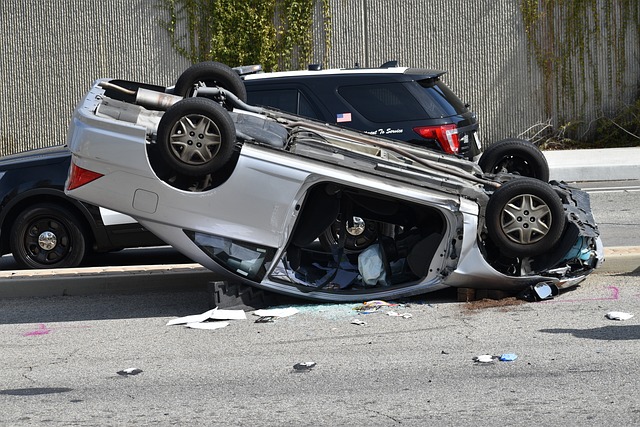
Plasma cutting collision repair offers significant advantages when it comes to time and cost savings. This advanced technique is a game-changer in the auto body work industry, especially for fender repair and car paint services. By utilizing plasma cutting, technicians can achieve precise and clean cuts through various materials, including metal, plastic, and composites. This precision results in less material waste, which not only reduces costs but also minimizes the need for additional finishing work.
Moreover, plasma cutting is incredibly fast compared to traditional methods like laser or water jet cutting. This speed translates into shorter repair times, allowing collision centers to handle more vehicles per day. Faster turnaround means reduced downtime for customers and increased operational efficiency. In the competitive market of auto body repairs, these savings in both time and money make plasma cutting a preferred choice for many professionals, ensuring top-notch results while staying within budget constraints.
Best Practices and Tips for Effective Plasma Cutting Collision Repair

When it comes to plasma cutting collision repair, adopting best practices can significantly streamline the process and yield cost-saving benefits for both collision centers and vehicle owners. One of the key tips is to meticulously prepare the car body repair area. This involves ensuring proper ventilation due to the potential hazards associated with plasma cutting, as well as setting up a clean workspace to minimize debris that could affect the precision of the cuts.
Additionally, training staff on the intricacies of plasma cutting technology and safety protocols is paramount. Proper technique, including optimal gas pressure settings and maintaining consistent distance from the workpiece, can prevent damage to surrounding areas and improve overall cut quality. Regular maintenance of plasma cutting equipment is equally crucial, as well as keeping a well-stocked inventory of consumables to avoid delays during collision repair processes in the vehicle bodywork.
Plasma cutting collision repair offers a highly efficient and cost-effective solution for automotive bodywork, saving both time and money. By leveraging this advanced technology, repair shops can streamline their processes, reduce labor costs, and deliver faster turnaround times without compromising quality. With proper training and best practices in place, plasma cutting becomes a game-changer in the collision repair industry, ensuring better outcomes and increased customer satisfaction.
